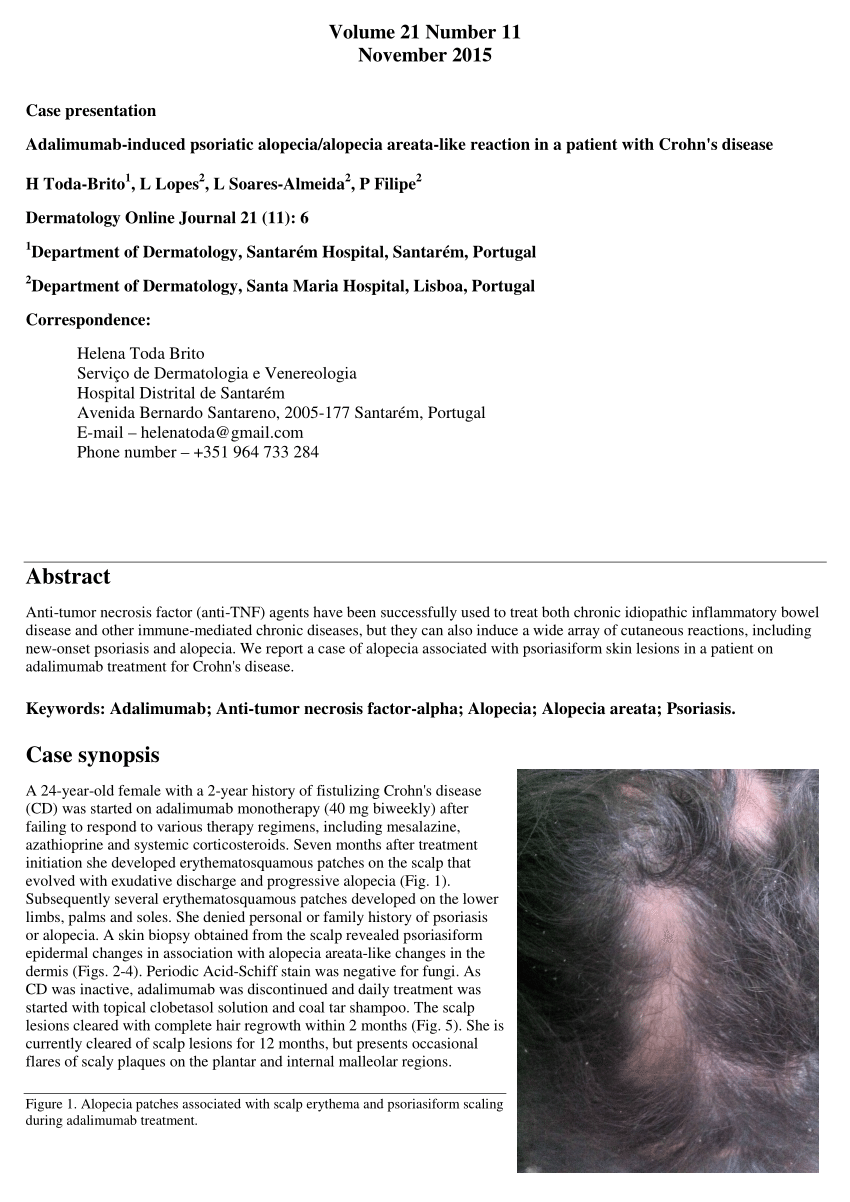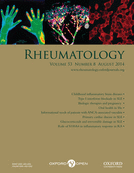- Reaction score
- 732
Many of you are familiar with the incredible hair loss antibody BAY-1158061. The negative with it is that it’s incredibly hard to make use of the prolactin target until this gets to market. There has to be a way to replicate this I thought. So naturally I started researching why prolactin inhibition can be so powerful for alopecia. And what I found was interesting…
Substance P, TNF alpha and Interferon Gamma
Substance P levels correlates with Prolactin levels in the scalp. The more Subtance P (SP) a person has, the less of an effect Prolactin has on your hair follicle. SP works as an antagonist of prolactin. I then found a study showing that «SP induced significant hair growth (anagen) in the back skin of telogen mice». An interesting coincidence. So I further researched this obscure peptides actual function. Turns out it activates «Mast cells». And what do mast cells do?
You guessed right, they stimulate hair growth.
By inhibiting these cells you significantly inhibited anagen induction. Problems with anagen induction was the exact theory that famous Dr. Rassman has about Androgenetic Alopecia. He has stated that people with Androgenetic Alopecia might have a genetic deficiency of signals that induces new anagen entry.
Do people with Androgenetic Alopecia have more SP degrading enzyme, or perhaps less Substance P to counteract the Prolactin?
Futhermore I discovered a patent that describes the use of SP analogs used for Androgenetic Alopecia. They state:
TNF-alpha
TNF-alpha is an inflammatory cytokine. Prolactin increases TNF-a in monocytes. And vice versa TNF-alpha increases the human prolactin gene expression through NFK-b. It’s a bad circle. In terms of TNF-a and hair growth:
«Experiments in cultured human hair follicles by Hoffmann et al. showed that TNF-α completely abrogated hair growth.»
And,
«TNF-α induced the formation of a club-like hair follicle, similar to catagen morphology of the hair bulb.»
Lastly TNF-α also inhibits keratinocyte growth.
Interferon Gamma
IFN-y, or Interferon Gamma is a cytokine (cell signalling molecule). It is increased by prolactin. Interferon-gamma is a potent inducer of catagen-like changes in cultured human anagen hair follicles. It should also be mentioned that IFN-γ just as TNF-a also inhibited keratinocyte growth.
So, what can we do about this? (not medical advice, purely theoretical speculation)
https://pubmed.ncbi.nlm.nih.gov/7518880/
https://patents.google.com/patent/US20060153789
https://www.ncbi.nlm.nih.gov/pmc/articles/PMC3221206/
https://www.sciencedirect.com/science/article/pii/S0306987717310411
https://academic.oup.com/endo/artic...rce=trendmd-widget&itm_campaign=trendmd-pilot

 pubmed.ncbi.nlm.nih.gov
pubmed.ncbi.nlm.nih.gov
https://pubmed.ncbi.nlm.nih.gov/15840090/
Substance P, TNF alpha and Interferon Gamma
Substance P levels correlates with Prolactin levels in the scalp. The more Subtance P (SP) a person has, the less of an effect Prolactin has on your hair follicle. SP works as an antagonist of prolactin. I then found a study showing that «SP induced significant hair growth (anagen) in the back skin of telogen mice». An interesting coincidence. So I further researched this obscure peptides actual function. Turns out it activates «Mast cells». And what do mast cells do?
You guessed right, they stimulate hair growth.
By inhibiting these cells you significantly inhibited anagen induction. Problems with anagen induction was the exact theory that famous Dr. Rassman has about Androgenetic Alopecia. He has stated that people with Androgenetic Alopecia might have a genetic deficiency of signals that induces new anagen entry.
Do people with Androgenetic Alopecia have more SP degrading enzyme, or perhaps less Substance P to counteract the Prolactin?
Futhermore I discovered a patent that describes the use of SP analogs used for Androgenetic Alopecia. They state:
- «The inventors have discovered that Substance P (SP) stimulates hair regrowth and/or retards hair loss.»
- «Successful treatment results in an increase in the number of hairs, rather than in the length of hairs.»
TNF-alpha
TNF-alpha is an inflammatory cytokine. Prolactin increases TNF-a in monocytes. And vice versa TNF-alpha increases the human prolactin gene expression through NFK-b. It’s a bad circle. In terms of TNF-a and hair growth:
«Experiments in cultured human hair follicles by Hoffmann et al. showed that TNF-α completely abrogated hair growth.»
And,
«TNF-α induced the formation of a club-like hair follicle, similar to catagen morphology of the hair bulb.»
Lastly TNF-α also inhibits keratinocyte growth.
Interferon Gamma
IFN-y, or Interferon Gamma is a cytokine (cell signalling molecule). It is increased by prolactin. Interferon-gamma is a potent inducer of catagen-like changes in cultured human anagen hair follicles. It should also be mentioned that IFN-γ just as TNF-a also inhibited keratinocyte growth.
So, what can we do about this? (not medical advice, purely theoretical speculation)
- Substance P hydrogel
- Target TNF-a
- Target INF-y
- Target Substance P degrading enzyme
- Target prolactin itself (BAY antibody or PRL antagonists)
- Substance P analogs
https://pubmed.ncbi.nlm.nih.gov/7518880/
https://patents.google.com/patent/US20060153789
https://www.ncbi.nlm.nih.gov/pmc/articles/PMC3221206/
https://www.sciencedirect.com/science/article/pii/S0306987717310411
https://academic.oup.com/endo/artic...rce=trendmd-widget&itm_campaign=trendmd-pilot

Prolactin enhances production of interferon-gamma, interleukin-12, and interleukin-10, but not of tumor necrosis factor-alpha, in a stimulus-specific manner - PubMed
Prolactin, an anterior pituitary hormone, has been shown to have a role in immunomodulation. Some reports have shown the importance of prolactin in activating lymphocytes and macrophages, while in hyperprolactinemia patients, prolactin was found to decrease lymphocyte activation and natural...
https://pubmed.ncbi.nlm.nih.gov/15840090/


